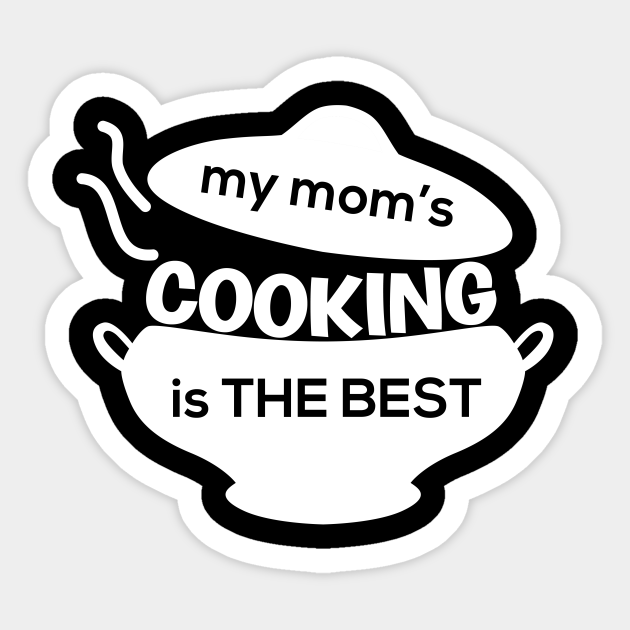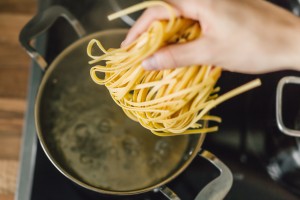
In my previous article, I spoke about the importance and application of cooking skills 101. Chef de Cuisine Joey Delago has created a class that explains each task as well as its associated skill. I covered the application of various task-based categories of cooking skills, such as activating yeast and making stock. These skills are essential for every cook. A list can help you choose which ones to learn and which to ignore. I will be discussing some of the skills that you should have before you can embark on the next step in your culinary journey.
Chef de Cuisine Joey DeLago's cooking skills 101 class
Chef de Cuisine Joey DeLago's cooking skills 101 class is for you if you ever wanted to be a professional chef. This hands-on class covers the essential culinary skills that you need to prepare a multi-course meal. Joey will offer tips and tricks on how to plan, prep, time, present, and more. You can also share your final meal with other home chefs.
Category-based cooking skills
According to the Food Agency, cooking skills are a combination of skills and knowledge that can be used to create a healthy diet. This framework recognizes many barriers to healthy diets lie in the environment. But it focuses primarily on encouraging food skills through the implementation of appropriate measures. These measures should be easy to understand, relate to other domains, and be applicable across a wide range of sociodemographic levels. The following four categories are designed to address some of most pressing issues concerning food skills.

Activating yeast
You will need to know how activate yeast if you want to use it in your cooking. You can warm your tap water and run a little hot water through the yeast to activate it. You may need to add sugar to some yeast cases. Here are some tips to help you activate your yeast. It's ready to use once the yeast has reached a bubbly stage. For baking success, activating yeast is an essential step.
Stocktaking
Using a stock can make your dinners more flavorful and add a lot of depth to a dish. Stocks can be made from vegetables, meat, or fish and can also have Western or Asian origins. Although you can use bottled water for making your stock, you might prefer to use the store-bought filtered water. There are many stock recipe options, but it is important to know the basics to ensure your stock tastes as good as possible.
Making whipped cream
Whipped cream is a delicious way to top a cake or dessert. It's easy to make, but there are some things to remember when making this classic dessert. While it looks like slightly melted ice cream, it's not. Whipping cream shouldn't have a lumpy consistency. It should be fluffy and slightly curled. You can make soft peaks by whipping the cream with a wooden spoon until it holds its form and doesn't slack.

Melting chocolate
Learn how to melt chocolate if you are looking to make delicious desserts. This is a complex task. We have some tips that will help you speed up the process and make sure it's done correctly. The first step is to learn the correct technique. There are two ways to melt chocolate: double boiler method and the microwave method. Double boiler is a method that uses a heatproof saucepan or pan with a glass bottom or stainless steel base, and is set over a pot of simmering water. This method should not be used quickly and the water should not get into the bowl.
FAQ
What are some of the benefits of using slow cookers?
Slow cookers can be very helpful because you can prepare delicious meals quickly. Slow cooker recipes often have a lower oil and fat content than traditional recipes. Because they cook for you while you sleep, slow cooker recipes can be convenient.
Where can I buy good quality kitchen equipment?
Online shopping is a great way to purchase quality kitchen equipment. There are many websites where you can shop for all kitchen tools. Be sure to read customer reviews before you buy any kitchen equipment. You can ask others who have the same items for their recommendations.
Where can I get free online cooking lessons
Many websites offer free cooking classes. YouTube can be searched for videos showing you how to make different meals. Some sites offer thousands of recipe options. The sites typically charge a monthly fee but you can test them for free for a period of 30 days.
What is the cost of a culinary school?
The costs of culinary school can vary depending on where and how long it takes. The average tuition ranges from $10,000-$30,000 per year. Students graduate with approximately $20,000 of debt. There are some programs that offer grants and scholarships as well as work-study options.
Statistics
- According to the BLS, chefs earn $58,740 a year. (learnhowtobecome.org)
- In the United States, the category is estimated at $23.2 billion annually and is growing faster than the market. (washingtonpost.com)
- The median pay for a chef or head cook is $53,380 per year or $25.66/hour, according to the U.S. Bureau of Labor Statistics (BLS). (learnhowtobecome.org)
External Links
How To
How to cook a Steak
The type of meat you are cooking will determine the right method to use. Thicker steaks can be cooked on a low heat. Thicker steaks need to be cooked at higher temperatures.
Also, don't cook them too long as it will cause loss of flavor. And remember always to remove the steak from the pan when it's done - this way, you won't burn yourself.
Cooking times vary depending on the size and degree of doneness desired. Here are some guidelines:
Medium Rare: Cook until medium-rare, which is when the internal temperature reaches at least 145degF (63degC). This can take anywhere from 3 to 5 minutes per side.
Medium: Cook until medium. This means that the internal temp has reached 160 degrees F (71 degrees Celsius). This usually takes only 6 minutes per side.
You are done when the internal temperatures reach 180°F (82°C). This usually requires 8 to 12 minutes per side.